
Hosted by Long and Short Reviews.
Click here to read everyone else’s replies to this week’s question and to read everyone else’s replies to this week’s question and here to see the full list of topics for the year.
 Back in May I dreamed that I was standing in a laboratory watching scientists work. I may have been a scientist, too, although the dream logic wasn’t very clear on that.
Back in May I dreamed that I was standing in a laboratory watching scientists work. I may have been a scientist, too, although the dream logic wasn’t very clear on that.
We had a limited amount of time left to solve the biggest problem humanity has ever faced: the plants were revolting.
That is to say, every single plant on Earth had become sentient and was furious with humanity.
Not only were we eating the plants themselves, we were stealing their children (seeds) and eating them, too.
Plantkind had run out of patience with us. They were so angry, in fact, that they made a unanimous decision to stop reproducing forever.
The scientists I was working with had captured a plant specimen and was attempting to find her seeds. When they realized she had none, they decided to try reasoning with her. She was about the size of a small doll, dark green, and almost too angry to speak with us.
Didn’t she realize that her species, too, would die out if there were no seeds left?
She knew and didn’t care. So far the scientists had only strengthened her resolution to carry out her plan and encourage every other plant to do the same.
And then I woke up.
(Aren’t dreams odd sometimes?)

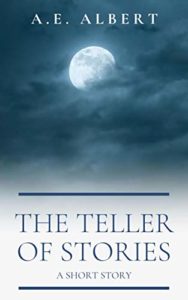 Title: The Teller of Stories
Title: The Teller of Stories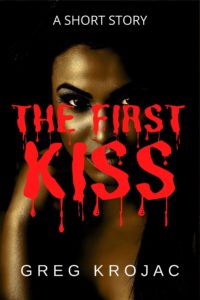 Title: The First Kiss
Title: The First Kiss Title: Take Care of Your Body
Title: Take Care of Your Body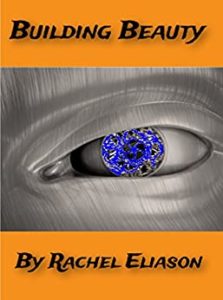 Title: Building Beauty
Title: Building Beauty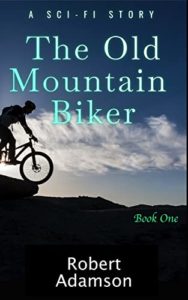 Title: The Old Mountain Biker
Title: The Old Mountain Biker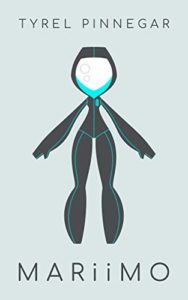 Title:
Title: 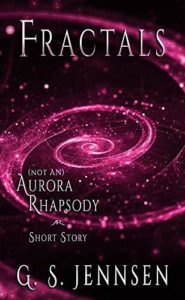 Title: Fractals
Title: Fractals Title: Serotonin
Title: Serotonin Title: The Old Man at the End of the World
Title: The Old Man at the End of the World